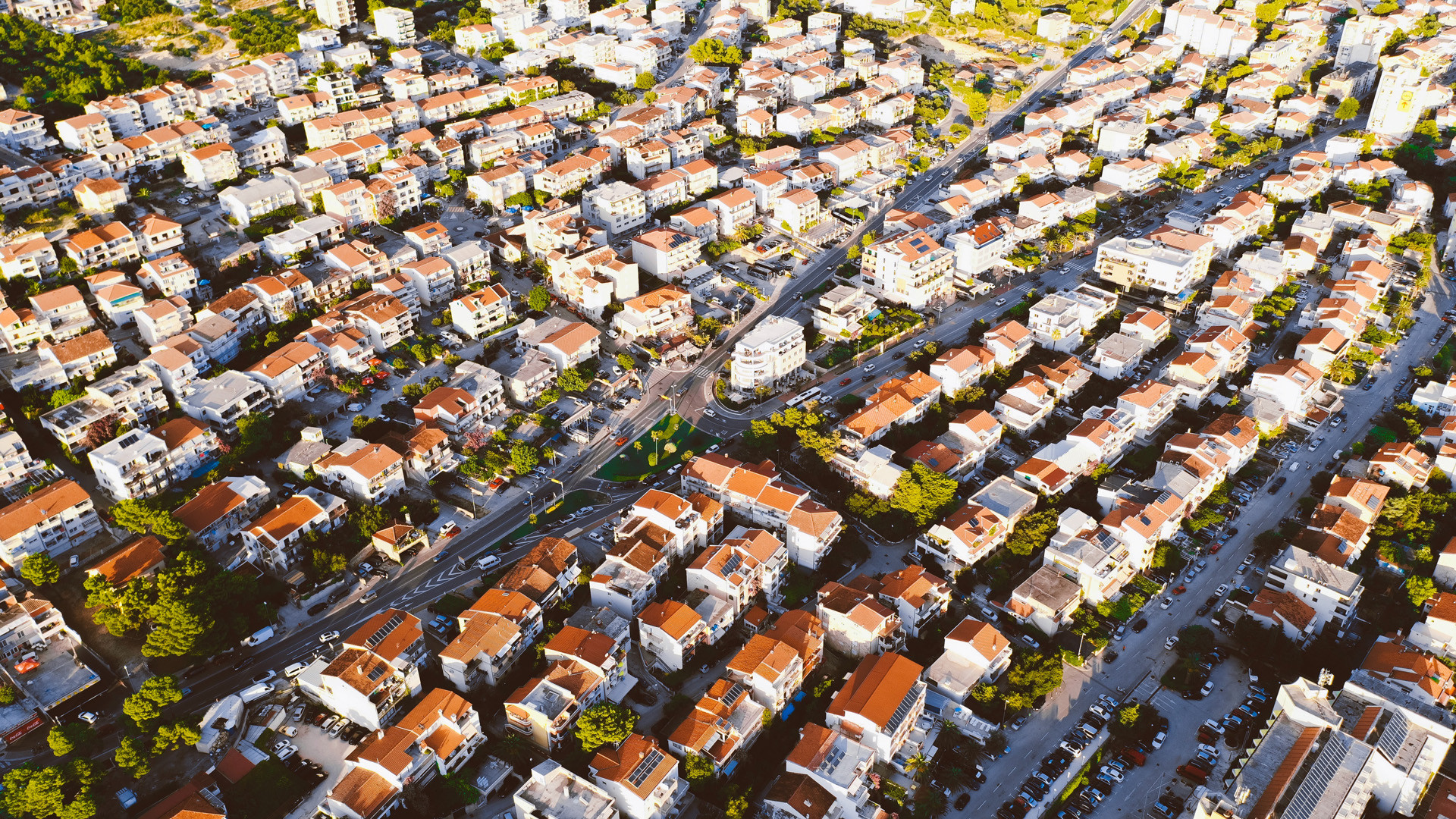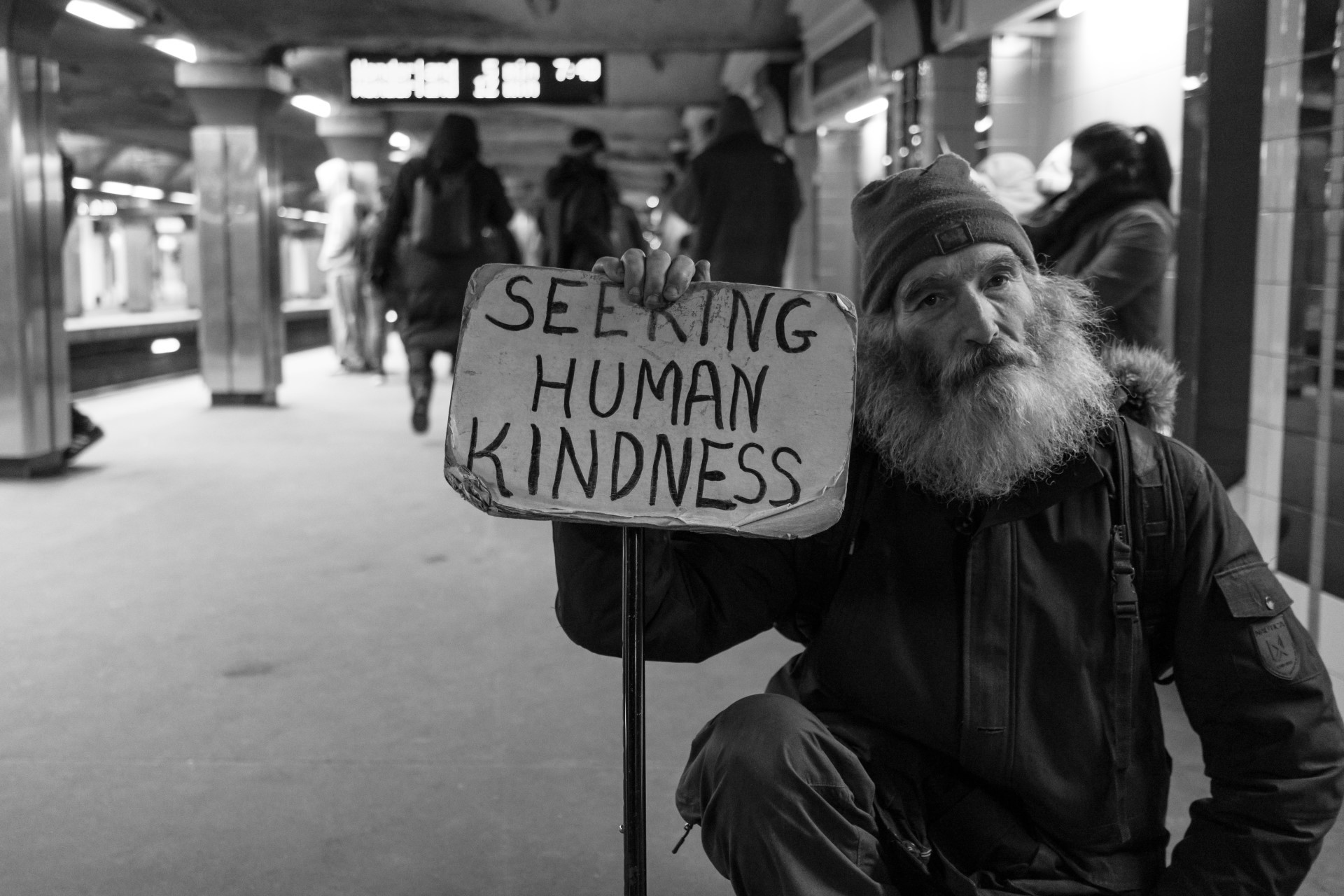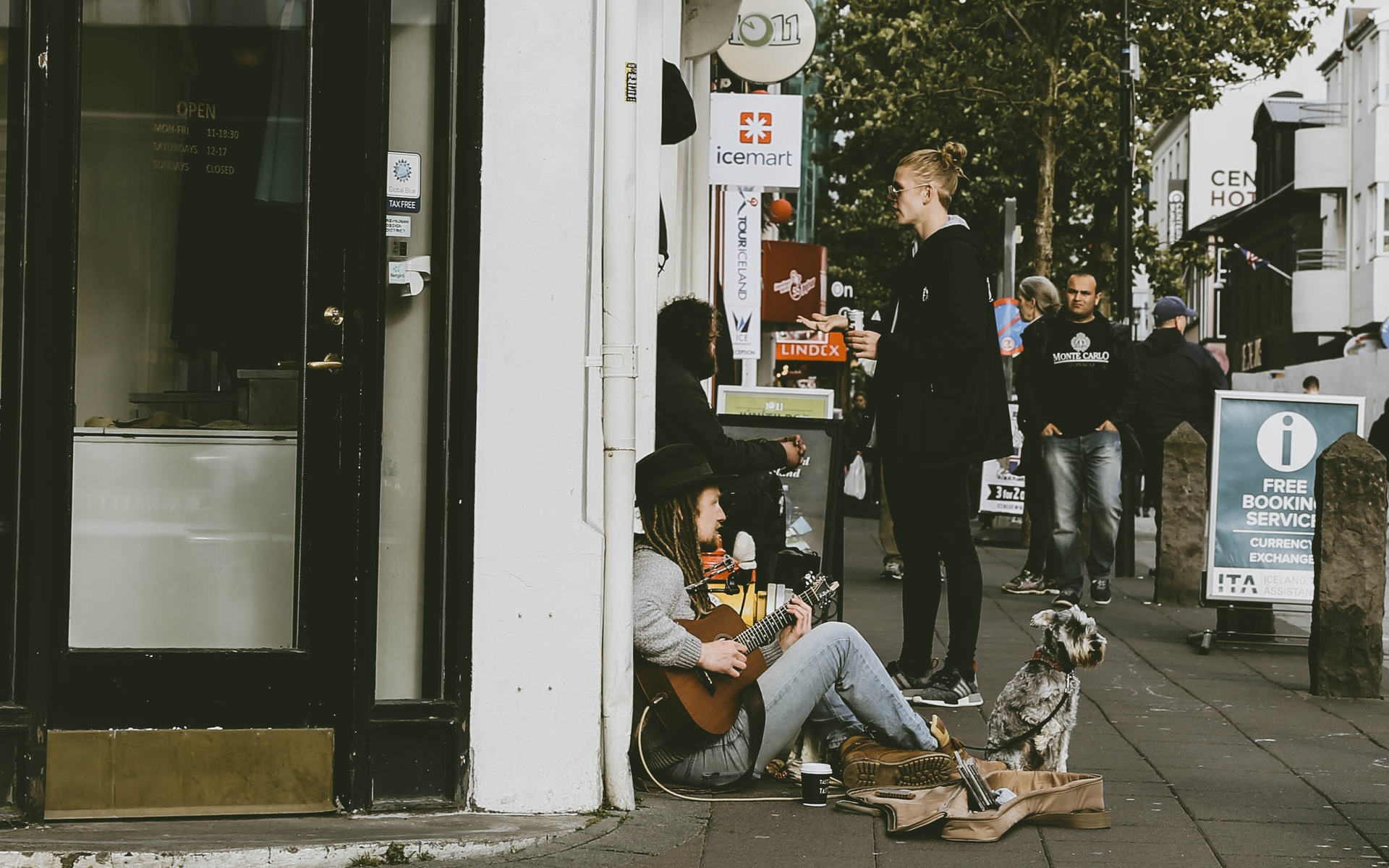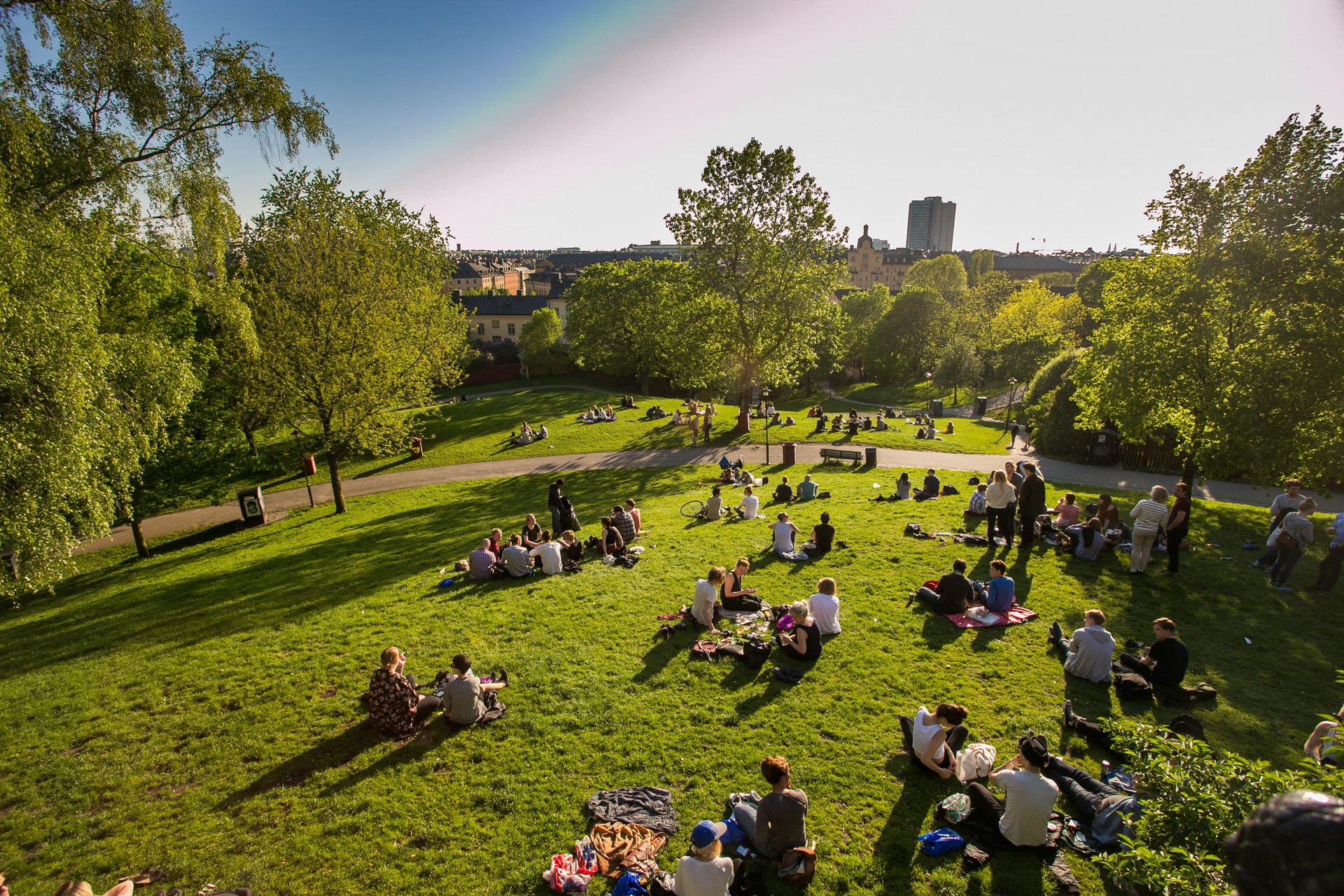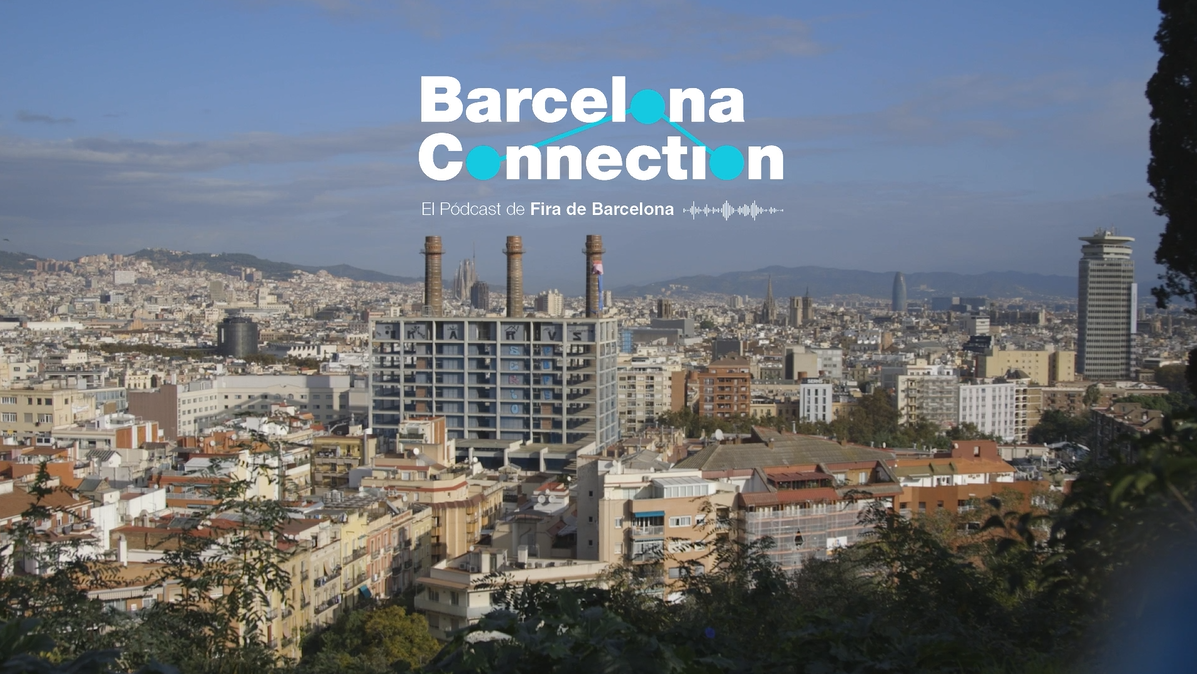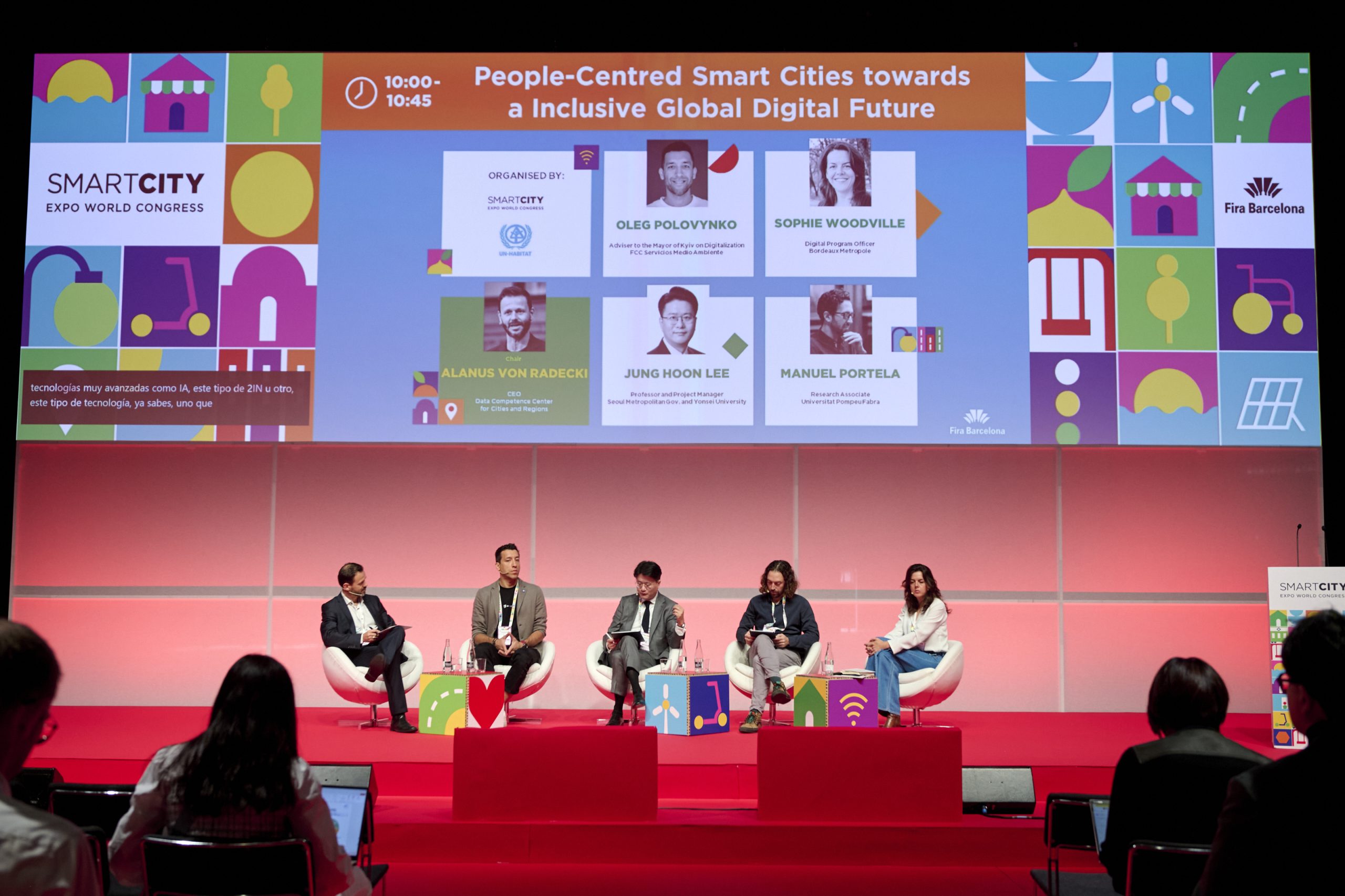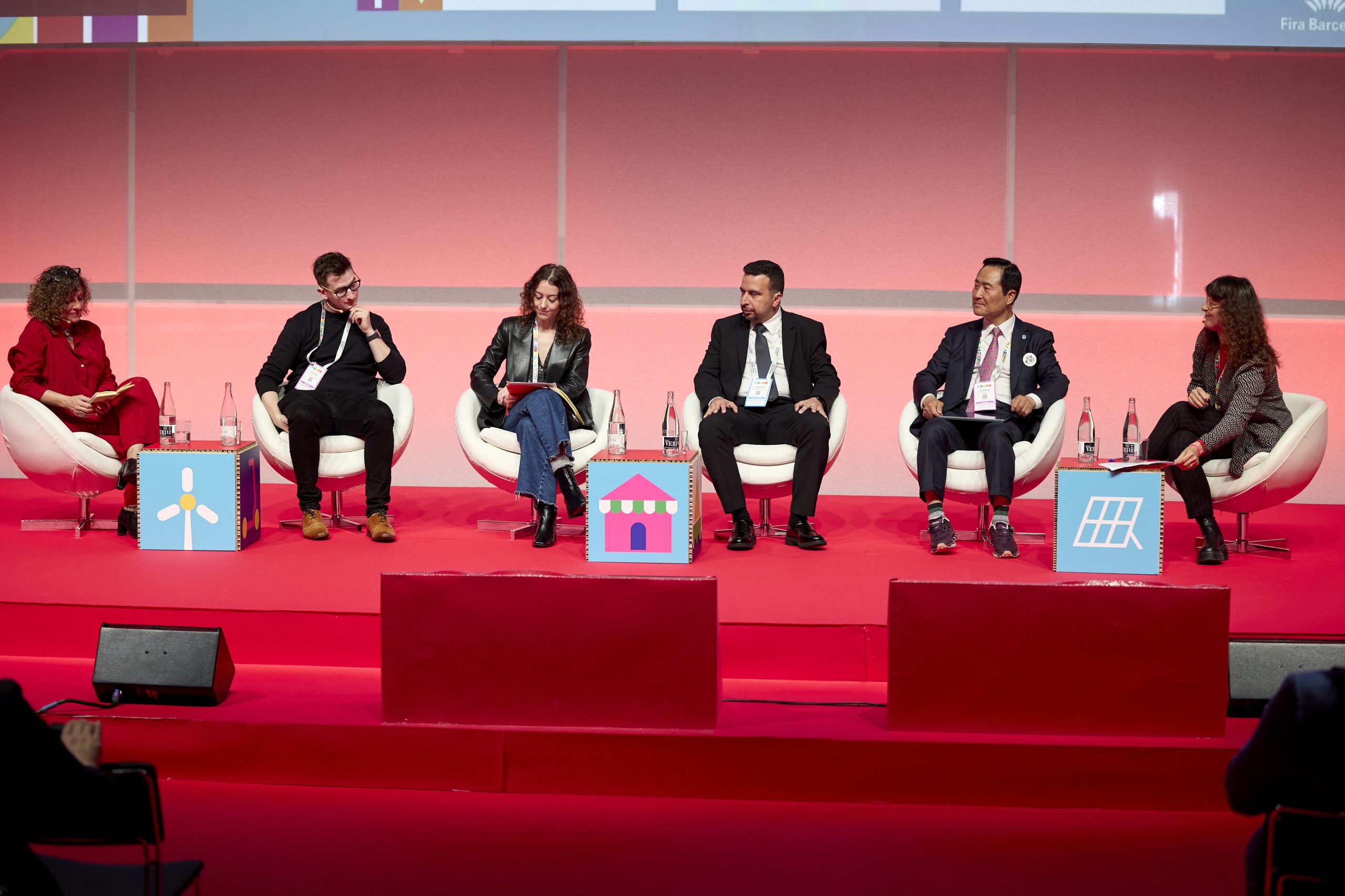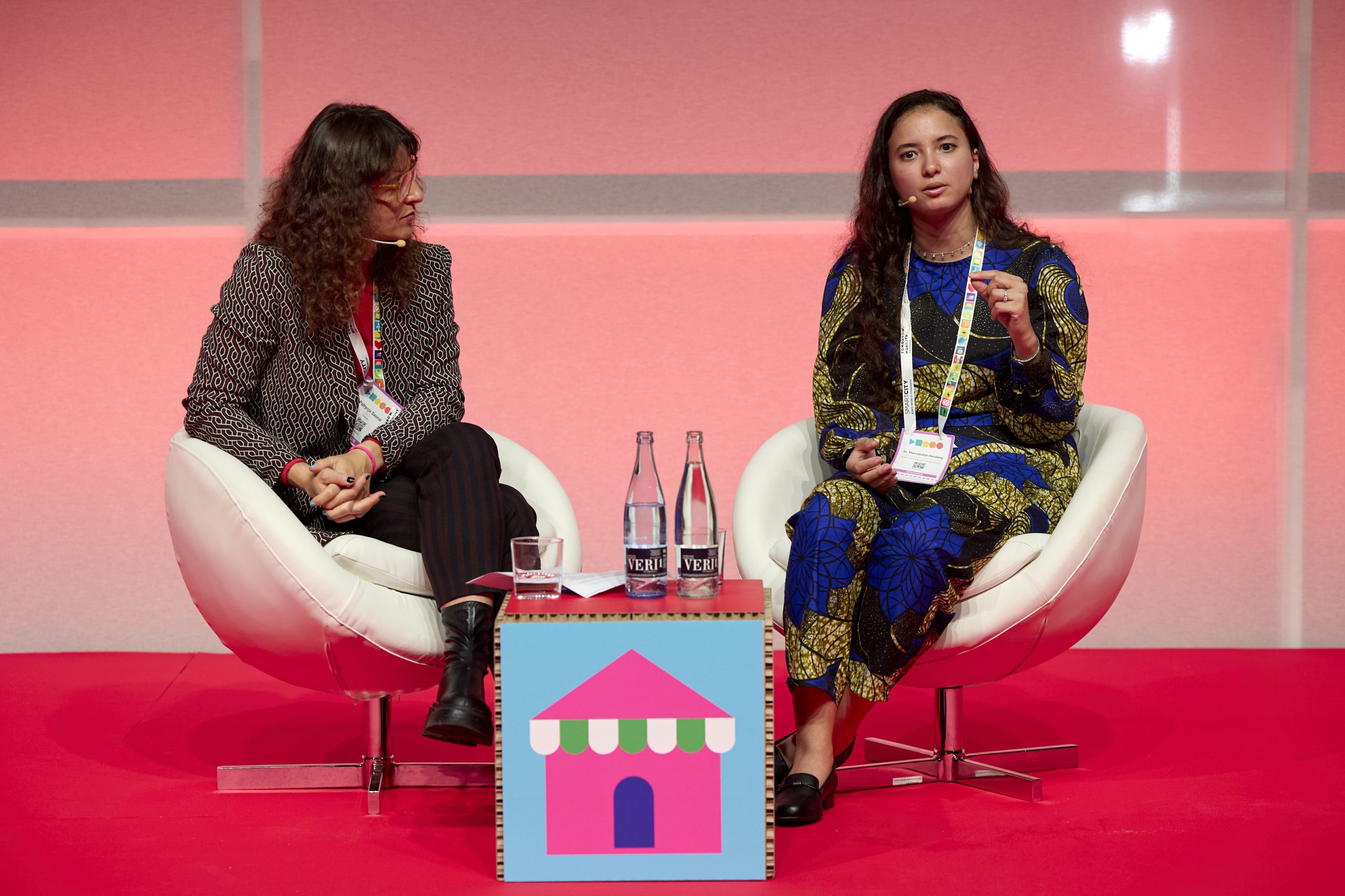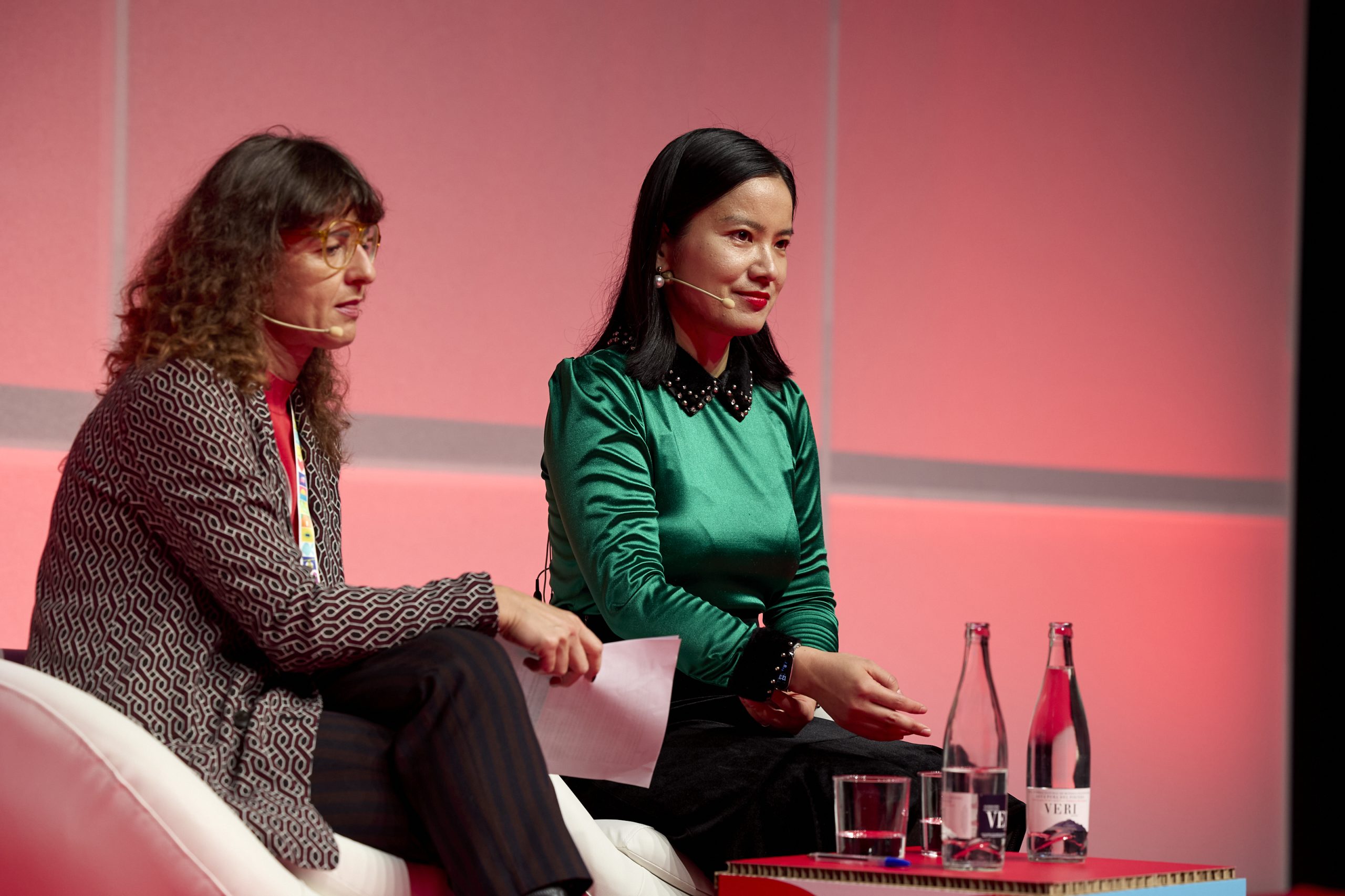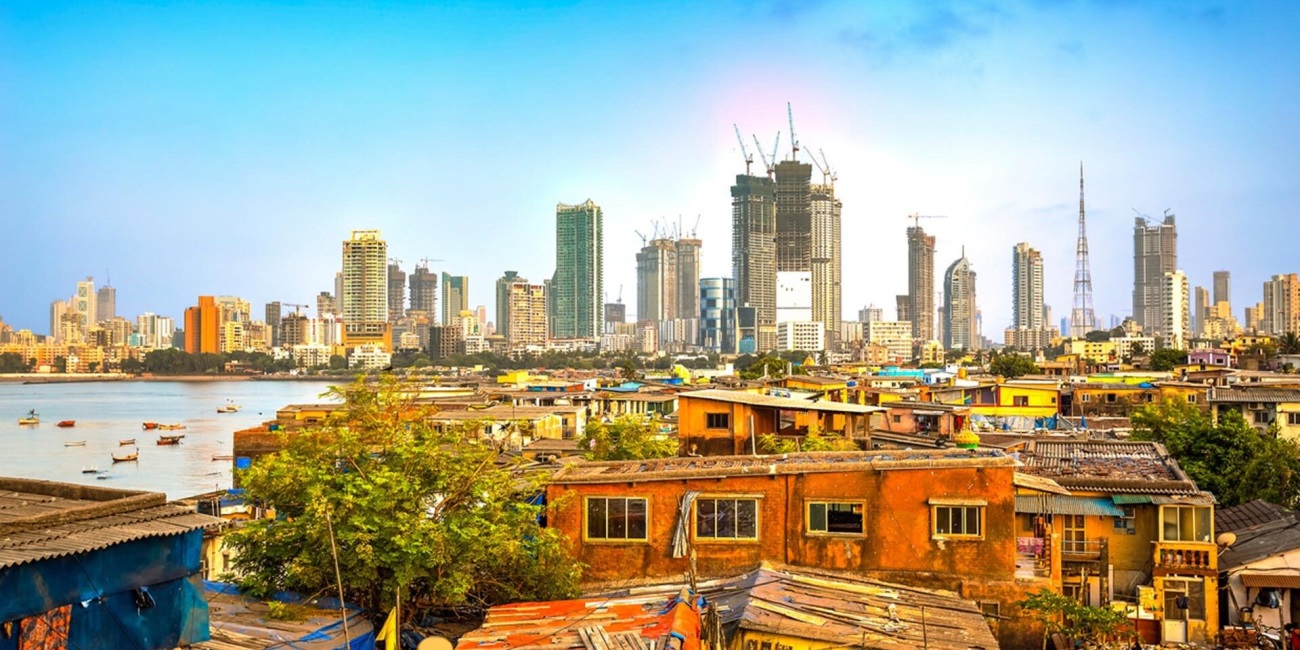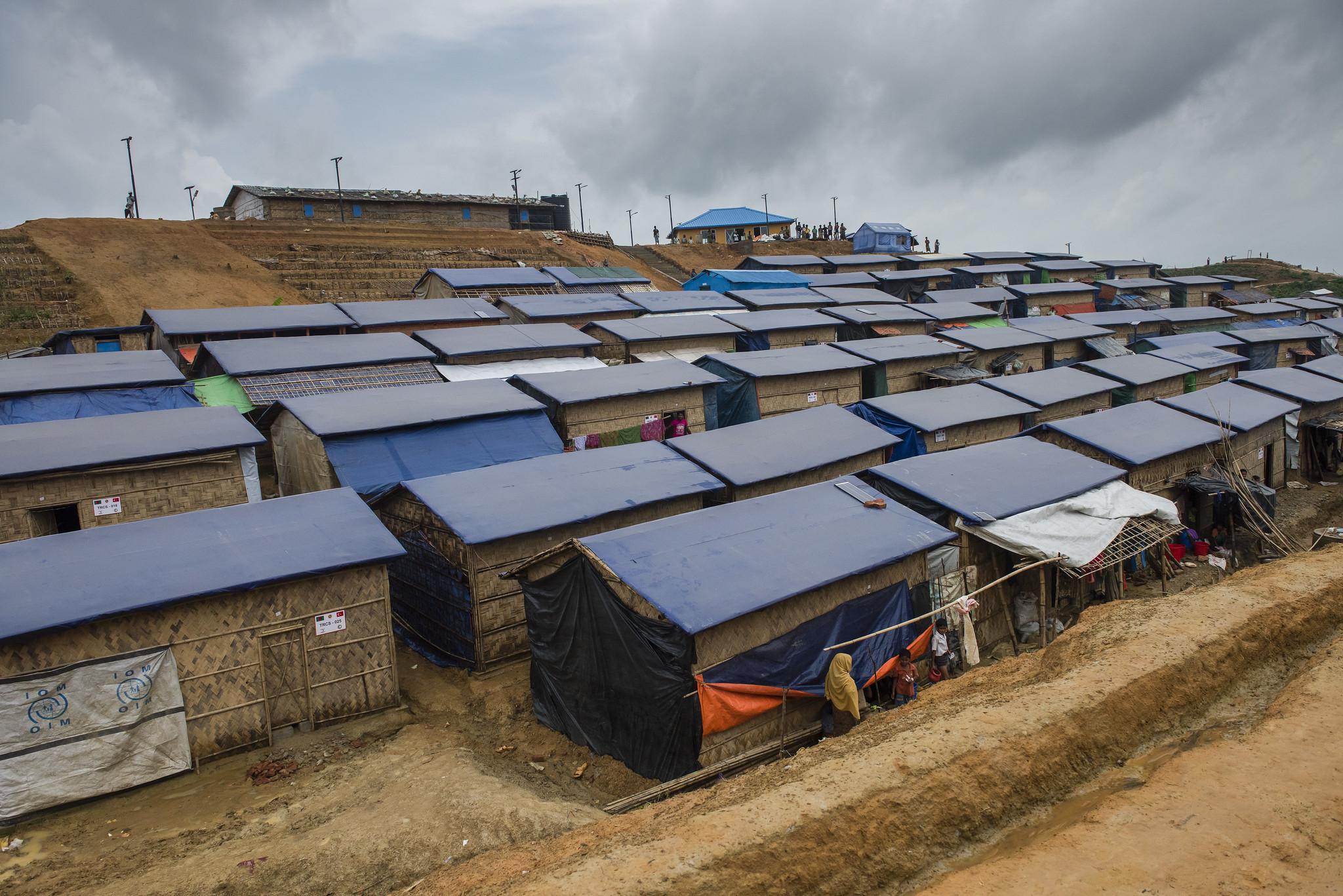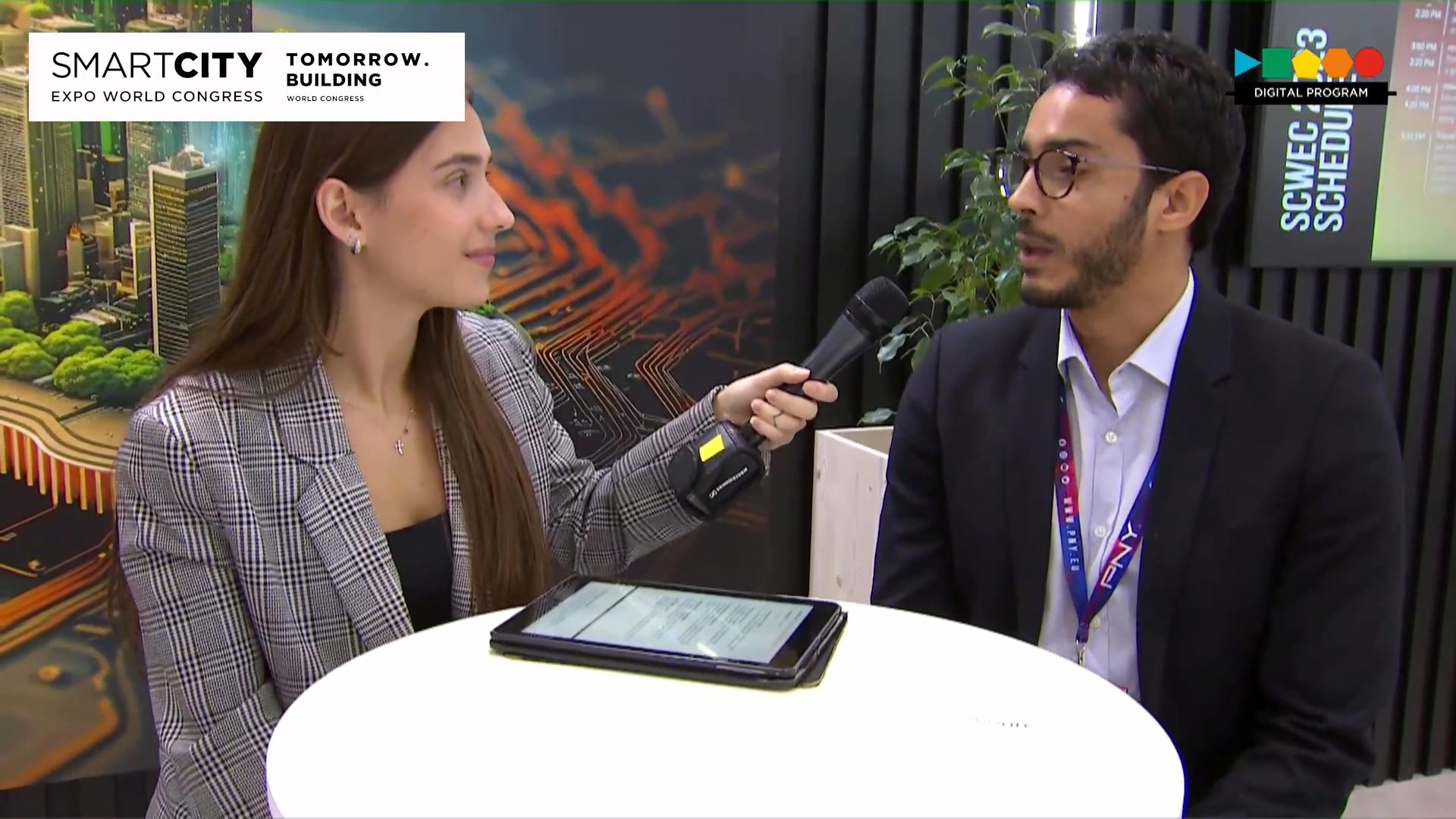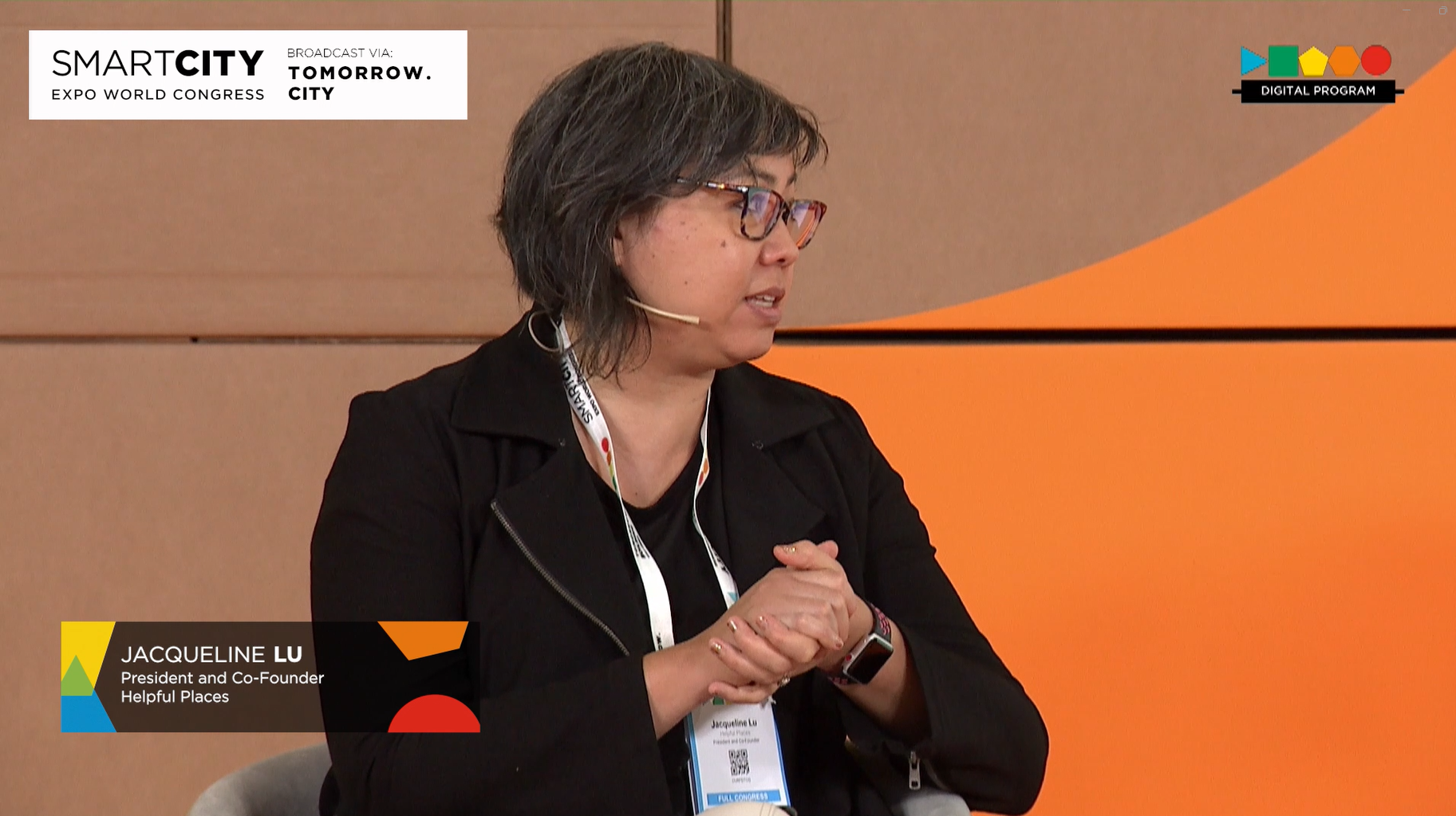Author | Patricia M. Liceras, Lucía Burbano
One of the major problems of many contemporary cities is that they have generated significant suburban rings of population. This is an urban planning model structured in layers like an onion, in which a large number of people have to visit the heart of the city on a regular basis, since this is where the administrative, economic and cultural centre is located.
This urban structure brings with it huge problems in terms of efficiency. Maintaining a high-density neighbourhood with blocks of apartments is not the same as maintaining a much more extensive neighbourhood with detached houses. Furthermore, there are still numerous problems associated with the high density of mega-cities. Without forgetting the gentrification phenomenon, which entails expelling people from these cities who can no longer afford to live in them.
Small, self-sufficient and eco-friendly cities
In the search for new sustainable urban models, the architect based in Luxembourg, Léon Krier, known as the father of New Urbanism, defends creating a model of small cities, made with natural materials and which could be traversed on foot.
Places with streets, neighbourhoods and open squares, like the historical centres of European cities, which favour the harmonious coexistence of different races, creeds, ages and social classes and which are self-sufficient to meet their inhabitants’ needs.
New Urbanism also promotes sustainability, as this modern suburban model is built on the principle that communities play a significant role in shaping the planet’s future.
By reducing reliance on cars, promoting energy-efficient buildings, and encouraging the use of public transport and cycling, neo-urban communities are better equipped to address climate change challenges and resource depletion.
Another feature of this model that supports sustainable suburban centers is its commitment to quality urban design, reflecting the belief that beauty and functionality are not mutually exclusive but rather complementary. Well-designed spaces enhance the sense of well-being, promote social integration, and contribute to the overall sustainability of a community.
Urban planners like Ian McHarg, whose work on ecological planning greatly influenced the New Urbanism movement, emphasize the importance of incorporating nature into design to create healthier and more sustainable cities.
Lastly, it is important to note that this movement firmly advocates that visually appealing and well-designed neighborhoods become vibrant spaces where people want to live, work, and enjoy life.
Examples of suburban models
The idea of these proposals is not necessarily to connect the outer rings with the city centre, but to increase their density in a very moderate way, avoiding mega-blocks of apartments and while maintaining large pavements and avenues created for pedestrians more than for drivers.
Poundbury, England

Krier, advisor to England’s Prince Charles, has already applied it ides to numerous cities. The most famous is Poundbury, on the outskirts of Dorchester, in the county of Dorset (southern England).
Construction began in 1989, and the town has since grown to a population of 5,000 residents, providing employment for over 2,730 people. Construction is approximately 86% complete, and the development is expected to expand to over 2,700 homes by 2028.
In urban planning terms, it is founded on the following pillars:
- An architecture that embodies and reflects the local character and identity.
- Thirty-five percent of its housing stock is designated as affordable.
- A community designed to be welcoming and prioritize pedestrians.
- A mixed-use plan that integrates housing, shops, businesses, and public spaces
Seaside, Florida
A city built from scratch in the 1980s, pioneering a revolutionary approach to designing and building communities. With its pedestrianized streets, spaces that foster community engagement, and attractive traditional architecture, Seaside demonstrated that it is possible to create new urban centers incorporating elements traditionally associated with neighborhoods.
In fact, it was one of the first new developments since the 1920s to prioritize pedestrians It gained fame as the set of The Truman Show, the movie in which Jim Carrey’s character leads an apparently perfect life in an idyllic town, unaware that his every move is being filmed for a reality TV show. Today the city is better known for its contributions to sustainable urban design and livable communities.
Paseo Cayalá, Guatemala
In 2002, Estudio Urbano proposed Cayalá as a vibrant and human-centered extension of the city. With the collaboration of Léon Krier, they designed a series of interconnected neighborhoods spanning an area of twenty-one hectares.
Its architecture pays tribute to Guatemalan traditions, featuring stucco moldings, and stone frames. It is designed with a focus on pedestrian use, standing in contrast to the car-centric communities commonly found in Guatemala City.
Herencia de Allende, México
Located just 10 minutes from the center of San Miguel de Allende, this community captures the spirit of the magical Mexican town, built around a concept that champions sustainability It consists of five neighborhoods spanning 320 hectares, featuring a mixed-use design where services and amenities are located within a 10-minute walk from any point in the community.
More than 160 hectares of parks and gardens infuse this new suburban center with greenery and a touch of countryside living.
Pearl, Portland
The Pearl is a relatively young neighborhood, developed in the early 1990s. Its design is heavily influenced by the principles of New Urbanism and features numerous art galleries, libraries, parks, a popular streetcar service, and vibrant street life.
Urban planners from across the country visit The Pearl to study its urban model and the success of its streetcar system, which has effectively encouraged residents to abandon their cars.
A new lease of life for suburbs in the United States

Although it is easier to build new cities than to transform existing ones, the United States is witnessing the first generation of suburban redevelopment in suburbs that sprung up during the second half of the 20th century, designed mainly to house their shopping centers. Today, given their obsolescence, oversaturation and with the boom of online commerce, many are closing down. And initiatives are proliferating that aim to convert these once temples of consumption into places that meet the needs of the communities, beyond their commercial requirements, and to transform their enormous open-air parking areas into public spaces for everyone to enjoy.
There are numerous examples of this in the United States. In St Louis (Missouri), an abandoned shopping centre has been transformed into an art space, while others have been converted into public care homes for the elderly, offices or classrooms. Mashpee Commons (Massachusetts) is the star of one of the oldest suburban renovations. Over the years, houses and businesses have been built on this 1960s shopping centre and its car parks, bringing the community together and providing them with a wider selection of services. Belmar (Denver, Colorado) was a shopping centre built on a superblock. Now it is a place with various buildings and pedestrian-friendly streets, public parks, bus routes and a variety of houses. This refurbishment has given the area of Lakewood the urban center it never had, and it has made a large number of shopping centres in Denver announce refurbishment plans.
In this regard, the architect Ellen Dunham-Jones, an authority on sustainable suburban redevelopment, advocates redesigning suburbs and making them more environmentally friendly. “The average urban dweller in the US has about one-third the carbon footprint of the average suburban dweller, mostly because suburbanites drive a lot more, and living in detached buildings; they have that much more exterior surface to leak energy out of.
The big opportunity to reduce greenhouse gas emissions is actually in urbanizing the suburbs”, indicated Dunham-Jones during a TED talk. A higher density, in turn, has a domino effect, since it means schools, hospitals and administrative centres need to be established in order to respond locally to a series of requirements that until then could only be met by travelling to the city centre.
This mix of high and low-rise buildings with an intermediate density, in turn makes the establishment of basic services much more beneficial in economic terms. The main problem these initiatives may come across is rejection by the inhabitants who left the cities precisely to avoid the masses, therefore any initiatives aimed at bringing the suburbs closer should not forget their concerns or the importance of information.
Images | Bruno van der Kraan | Léon Krier | John Phelan
